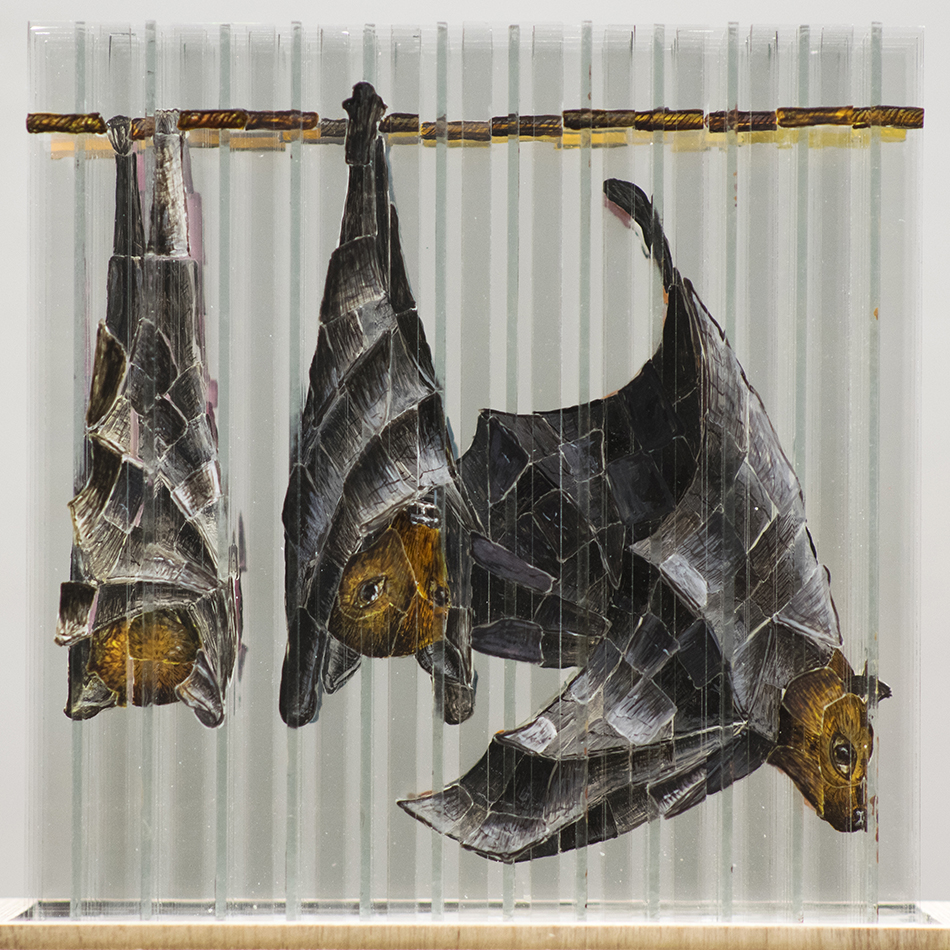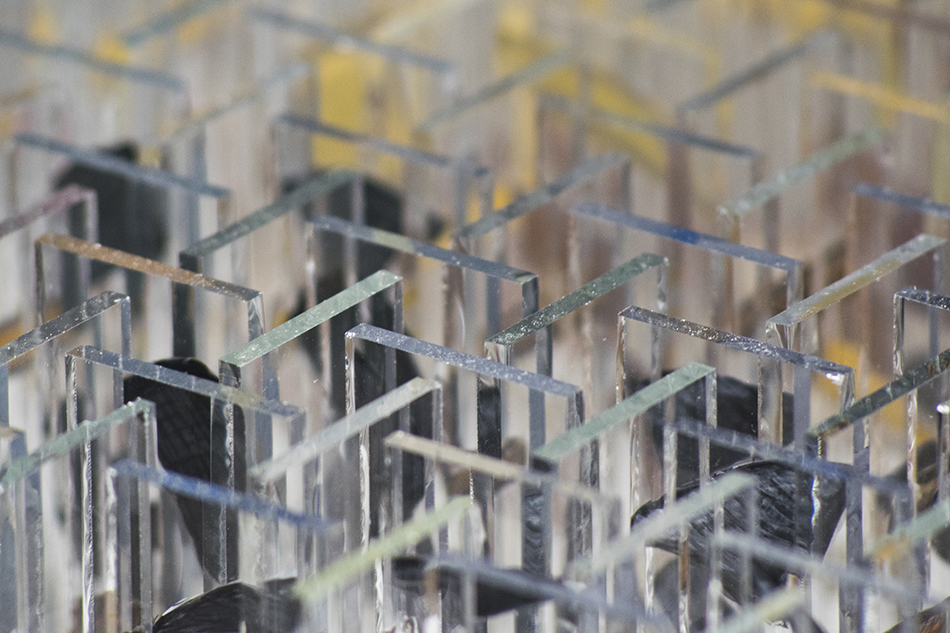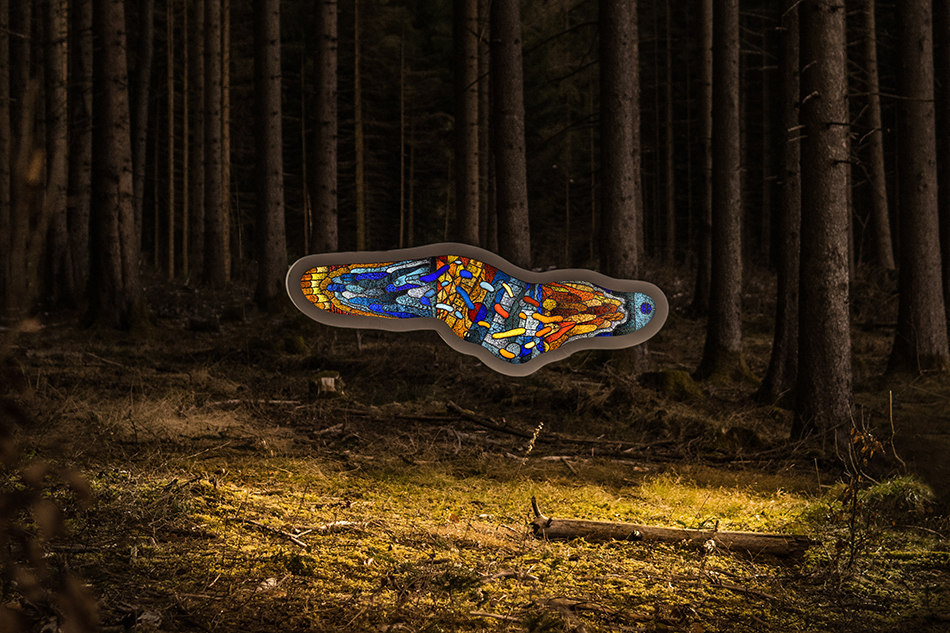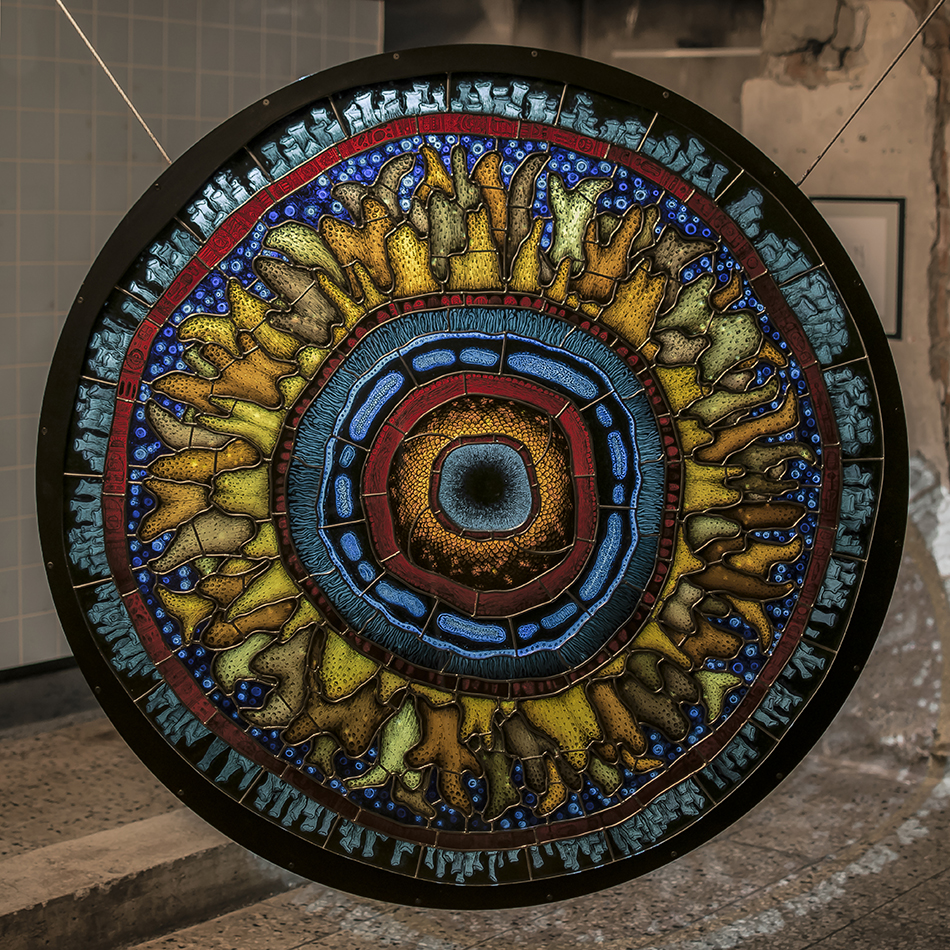
The illusionary works of Thomas Medicus include “What It Is Like to Be,” an anamorphic sculpture consisting of 144 hand-painted strips of glass that reveal new images when turned. Each of the strips were painted separate from another, and specifically, the new images are revealed when the piece is turned 90 degrees. See more of his past experimental works below.

Medicus is known for his anamorphic work, but he’s also worked in stained glass, digital art, animation, public sculpture, and other fields. His site offers more of his background: “He studied social work at MCI Innsbruck before attending the Glasfachschule Kramsach, a school for glass art. His studio is located at the long-standing firm for stained glass windows Tiroler Glasmalerei where he is also employed as master glazier.”
Find more work on the artist’s site.









